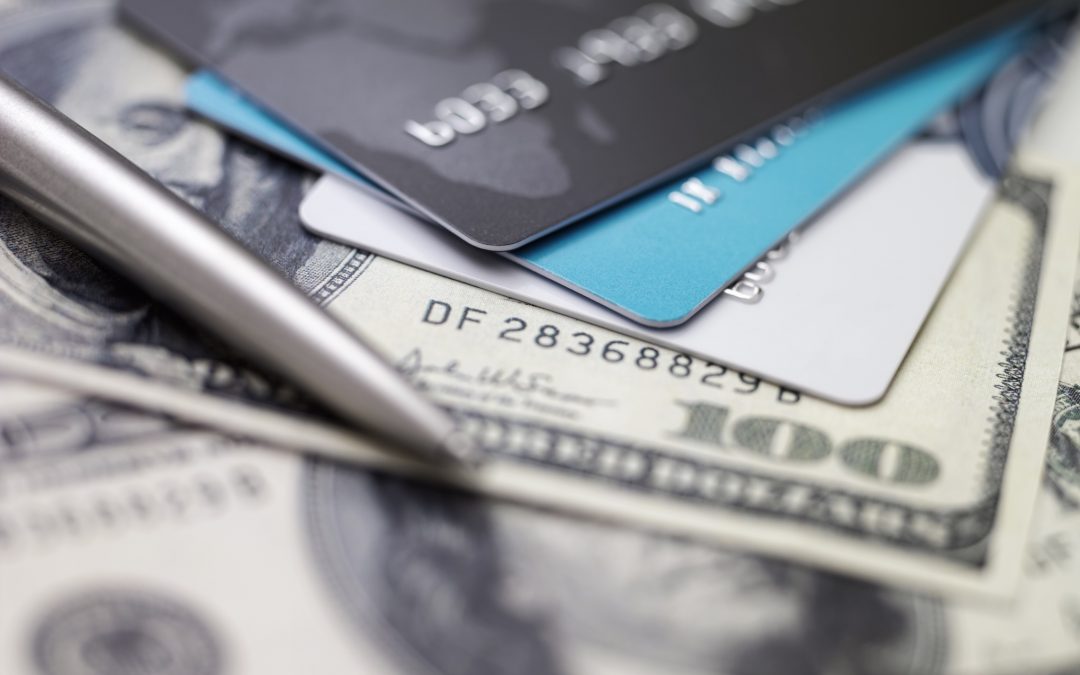It can be way too easy to get into debt and way too hard to get out of it. Being in debt is not the end of the world, though it may feel very stressful and oppressive.
Thankfully, there are concrete steps you can take to pay off your debt efficiently and without backsliding.
Take a deep breath and read on. Debt relief is on the way … and you can start today!
1. Imagine your life without debt
Take a few minutes to make a list of ways your life would be better if you weren’t in debt. Tack it up on the bulletin board to remind yourself why this process will be worth it in the end.
Setting goals can be motivating when tackling a tough situation. You’ll need to remember why you’re on a tight budget as you pay off your debt, and this list will serve as your reminder.
2. Stop digging the hole
Being in debt and spending more money can feel like cheating on a diet: Once you’ve eaten that ice cream, it’s easy to justify eating the pizza, too. So, if you’re already $10,000 in debt, what’s another $500 going to hurt, really?
Actually, it can hurt a lot, as interest fees pile up.
Therefore, the first major step you can take toward getting out of debt is to stop going deeper into debt. That means whipping your budget into shape and sticking to it.
Also, stop using credit cards; freeze your credit if you have to. Pay with cash or a debit card to keep yourself accountable, so you don’t accrue more debt.
3. Be aggressive in paying off credit cards
Once you’ve frozen your credit, you will need to take bold steps toward paying off those card balances.
Every month you don’t pay the full balance, you’re paying high interest rates on the remainder. That adds up quickly, meaning you’ll pay sometimes two or three times the original amount you spent — just by not paying off the cards on time.
Allocate your resources and throw as much money as possible toward paying off those cards. If you have a lot of cards to pay off, take them on one at a time.
Meeting short-term goals like paying off a single card will give you the psychological boost you need to keep going in your debt-reduction plan.
4. Ask for a lower interest rate
If you’re a historically good customer who pays bills on time and has a decent credit score, credit card companies may be willing to lower your interest rates.
Just give them a call and explain the situation. They want you to pay your bills, and they want you to stick with their company. So they’re likely to shave a percentage point or two off your rate if you ask.
5. Build an emergency fund
It might seem impossible or counterintuitive, but an essential part of getting out of debt is making sure you don’t go back into debt.
Creating an emergency fund of around $1,000 will protect you against many unexpected expenses. It’s a worthwhile investment to make as you climb out of debt.
6. Drum up some extra cash
Look around your house and consider your hobbies and marketable skills. Could you take on a side hustle?
Think broadly and come up with a few ways to generate some cash using what you already have. That may mean selling some antique furniture, getting paid for online freelance jobs, or offering to do a neighbor’s yard work for pay.
Whatever it is, promise yourself that you’ll use all the extra money from these pursuits for paying down your debt and adding to your emergency fund — do not use it as spending money!
The bottom line
Following these simple steps can start you on the path to debt-free living and control of your life again!




